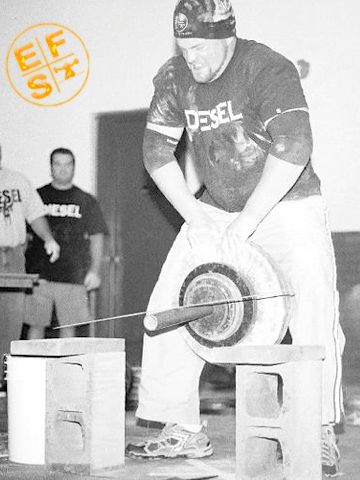 This week on Straight to the Bar - a couple of great entries to the DIY Equipment competition, the largest rack I've ever seen and lots more :
This week on Straight to the Bar - a couple of great entries to the DIY Equipment competition, the largest rack I've ever seen and lots more :
- Articles : Chad Waterbury and Pavel Tsatsouline take a look at eccentric training, Jedd brings out part IV of his excellent Straight to the Grip Contest series and Dr Eric Serrano chats to Paul Catanzarro about stress, hormones and fat loss. Very interesting stuff.
- Videos : The Diesel Crew demonstrates the Double Rolling Thunder Hold, strongman Svend Karlsen releases the trailer for his new DVD and Mark Obenhaus captures some great skiing action in his documentary Steep.
- Sites : This week saw both training blogs and strength sites aplenty. On the hit list - Marathon Training and Nutrition, Keyboard Vagaries, The Buffling Evolutions, Boston Marathon or Bust, Girevoy Sport, Get Body Smart, Mamma Health, StrongLifts.com and Eric Godfrey's superb site on bending.
- Strongman and Grip : A little card tearing and horseshoe bending, Yoke walking and 2-handed pinching.
- Bonus : Via Lean and Hungry Fitness, the trailer for WUCC 2006. Some great shots in there.
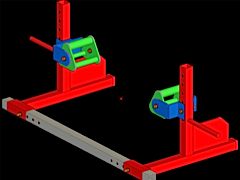 This is superb. Pat Hodgson (aka 'The Dark Master') has produced plans (complete with a few renderings) for an adjustable deadlift/shrug/row bar. As all three of these exercises rate highly on my list of 'fun things to do in the gym', I can definitely see this getting a lot of use.
This is superb. Pat Hodgson (aka 'The Dark Master') has produced plans (complete with a few renderings) for an adjustable deadlift/shrug/row bar. As all three of these exercises rate highly on my list of 'fun things to do in the gym', I can definitely see this getting a lot of use. This is superb. Pat Hodgson (aka 'The Dark Master') has produced plans (complete with a few renderings) for an adjustable deadlift/shrug/row bar. As all three of these exercises rate highly on my list of 'fun things to do in the gym', I can definitely see this getting a lot of use.
This is superb. Pat Hodgson (aka 'The Dark Master') has produced plans (complete with a few renderings) for an adjustable deadlift/shrug/row bar. As all three of these exercises rate highly on my list of 'fun things to do in the gym', I can definitely see this getting a lot of use. This week on
This week on  This week on
This week on 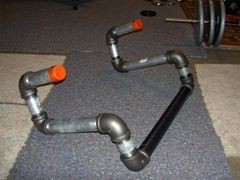 A couple of new links on the
A couple of new links on the 
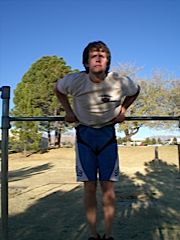 Ah the muscle-up, arguable the new gold standard for pound for pound upper body strength, speed, and coordination.
Ah the muscle-up, arguable the new gold standard for pound for pound upper body strength, speed, and coordination. 
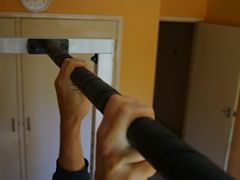 I love these things. As you can see, it's exactly what the name suggests - a pull-up performed using only 2 fingers from each hand.
I love these things. As you can see, it's exactly what the name suggests - a pull-up performed using only 2 fingers from each hand.